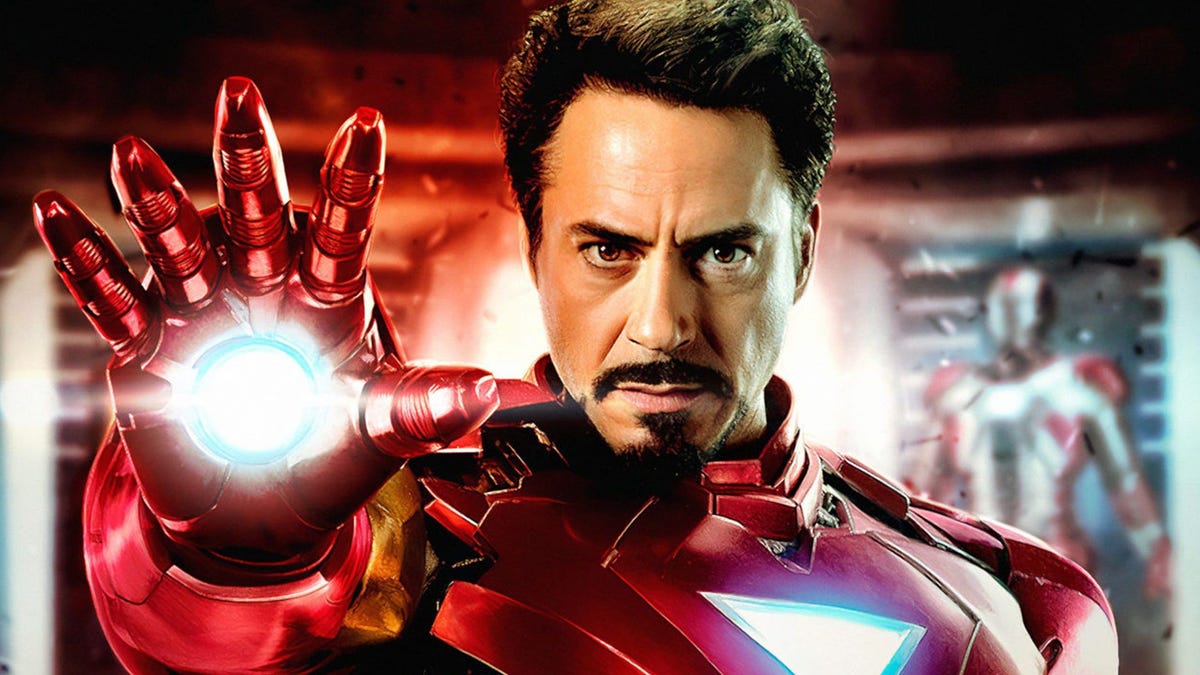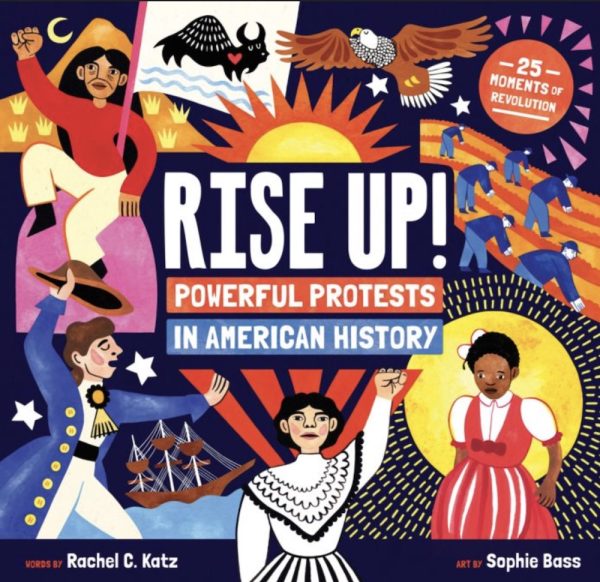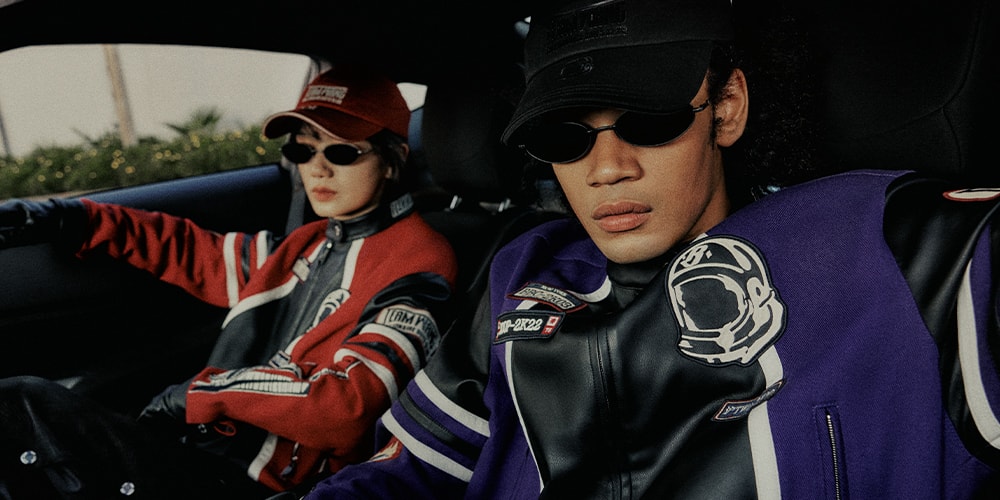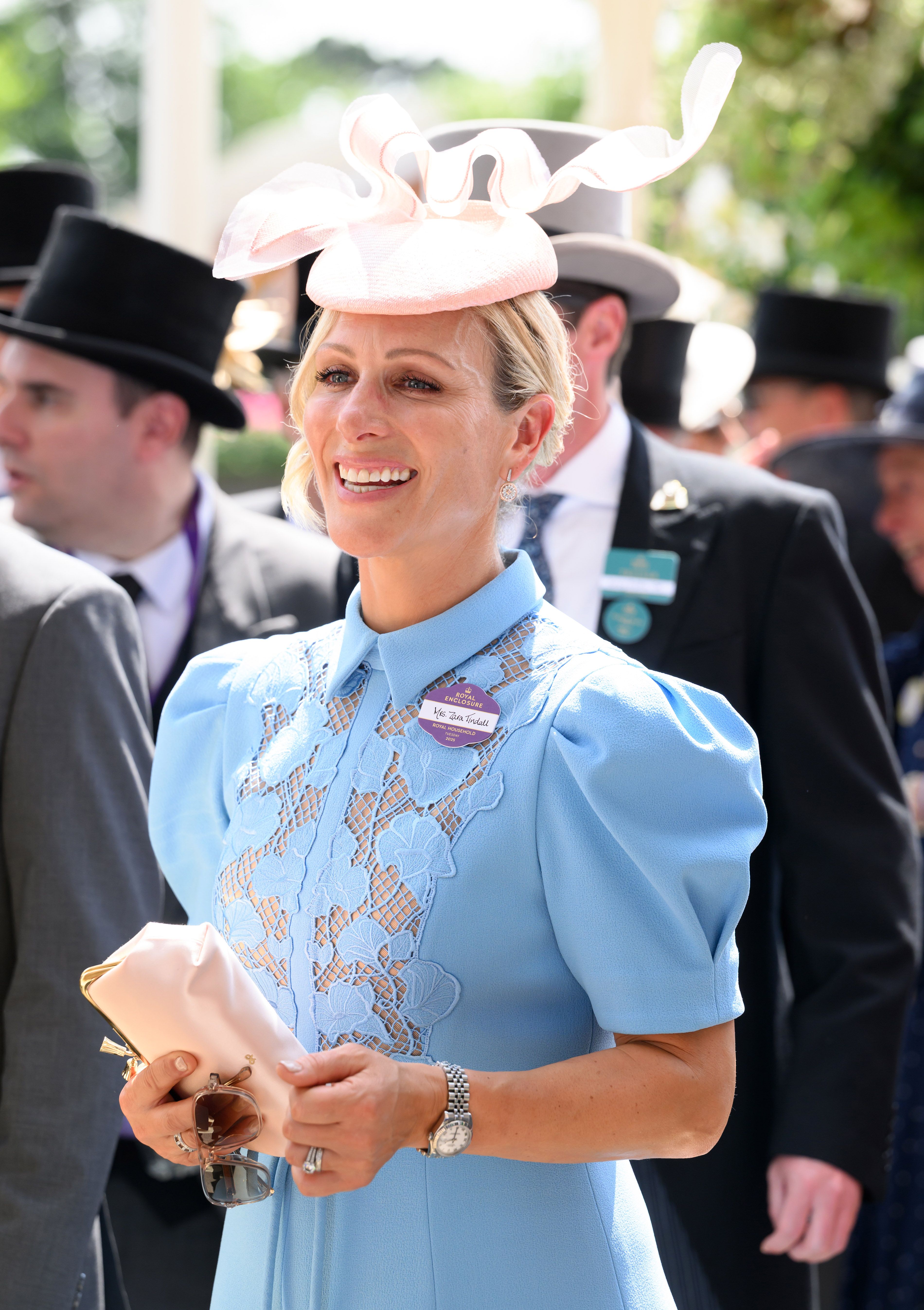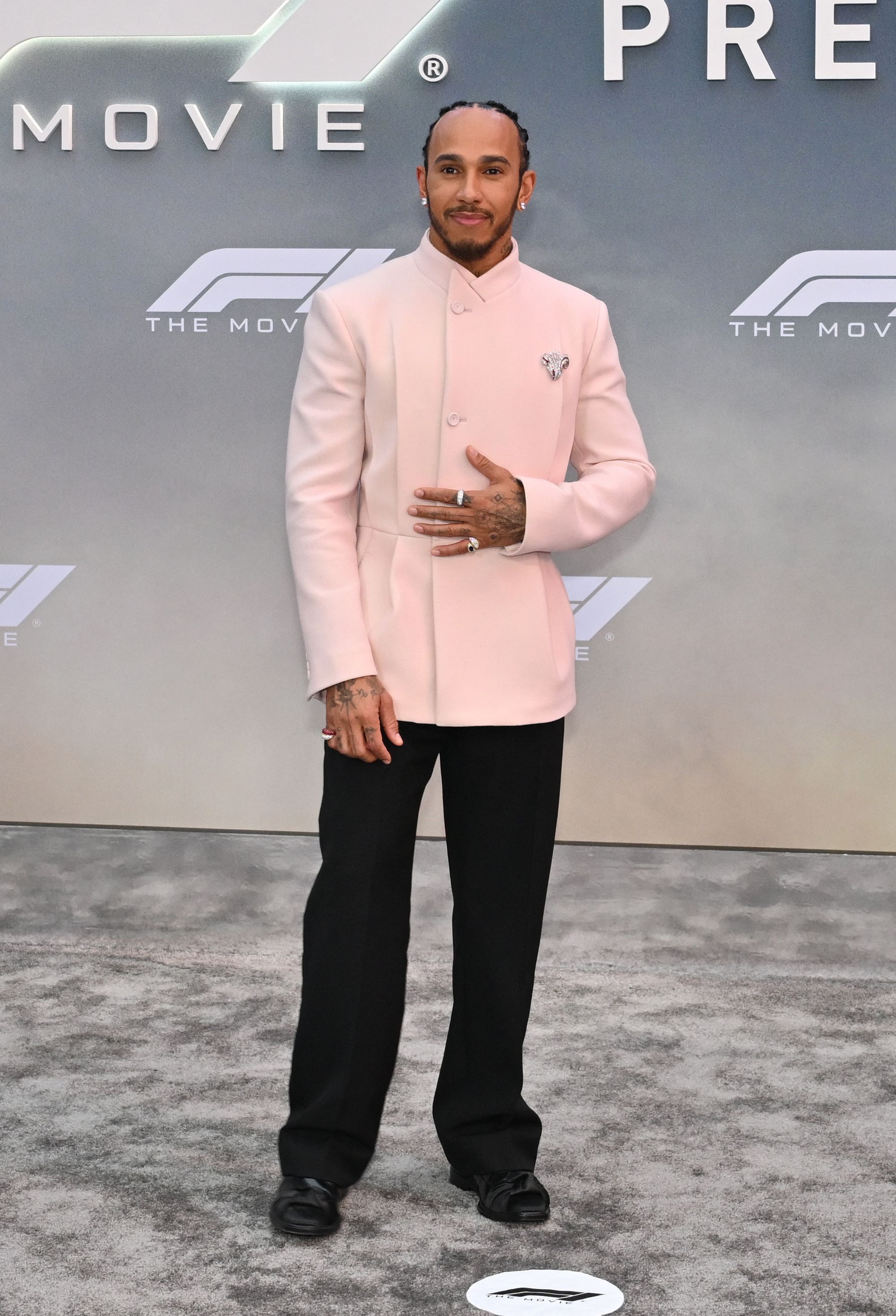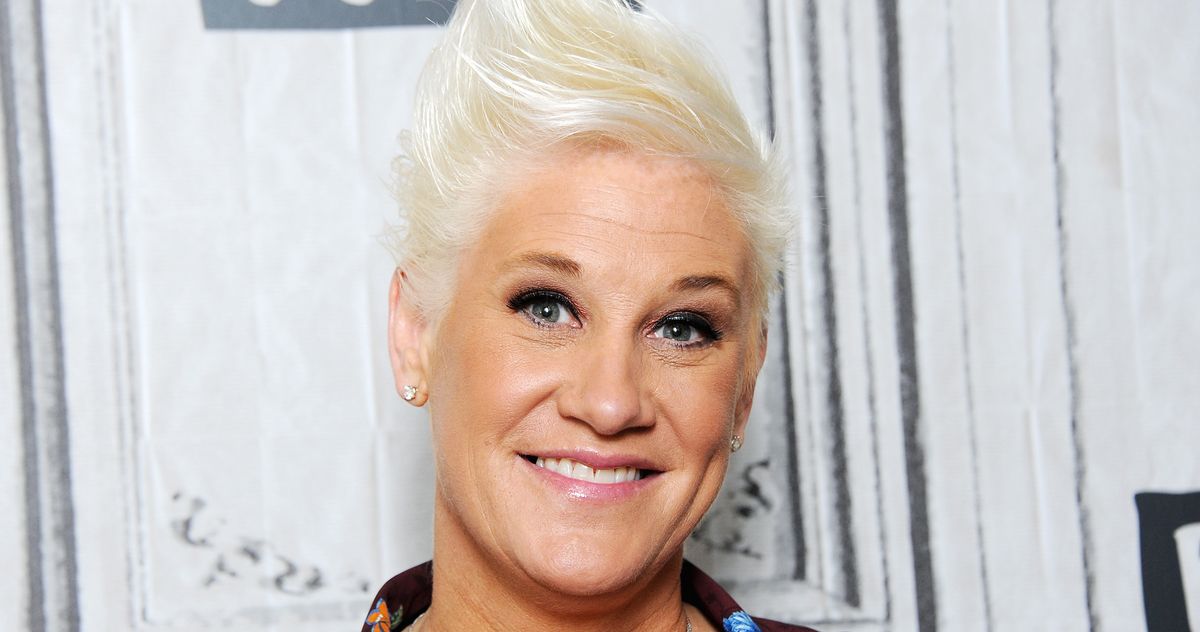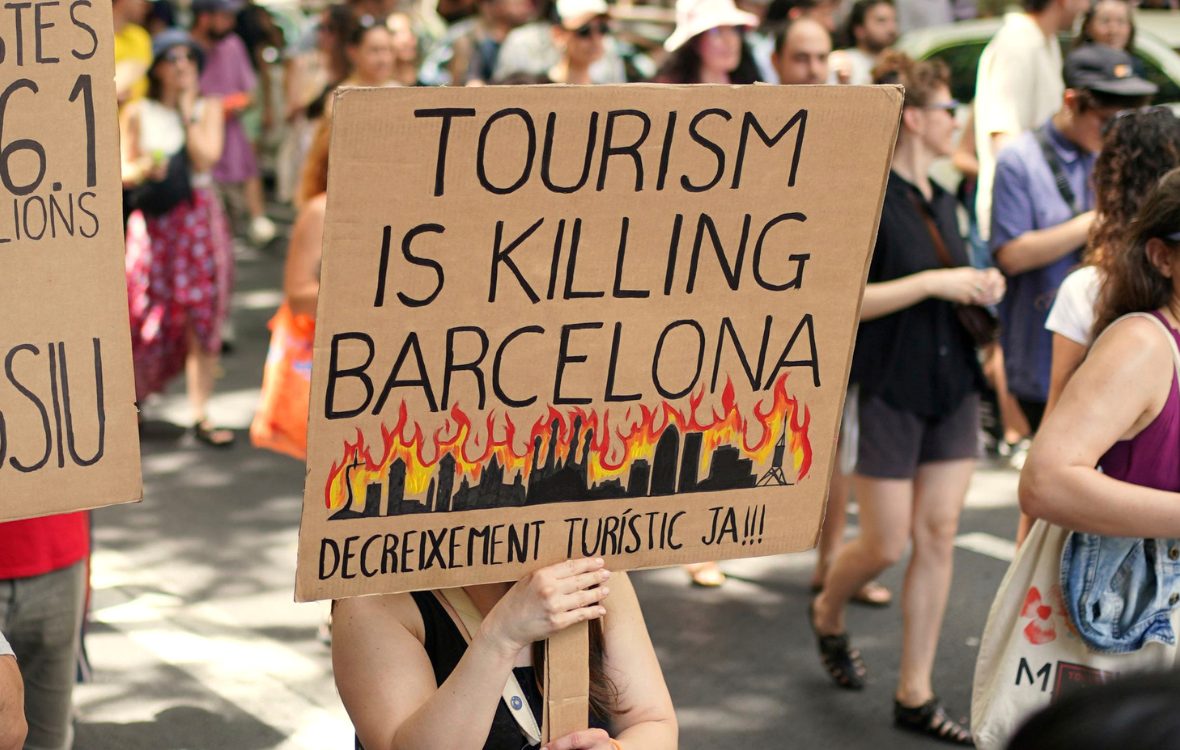F1: The Movie Review
F1: The Movie follows the sports movie playbook almost perfectly, finding ways to be just that much better at nearly every stage of its 156-minute runtime – creating a super fun racecar flick in the process that eventually finds its way to victory lane.


There’s a scene in F1 that I think counts as the movie’s big rah-rah speech. It’s about how if everybody on the crew contributes a half second at some point in the race, if they can all find just a fraction of a second here or there, that’s the difference between last place and first. As far as sports-movie speeches go, it’s pretty good. But what I found so intriguing about it is that it perfectly describes the difference between a bad sports movie and a good one. It seems to be a lesson Joseph Kosinski, Brad Pitt, and the rest of the team behind F1 took to heart. As a sports movie following some pretty tried and true tactics, F1 ups its game at every stage of things. This won’t win it any awards for originality, but it still adds up to a real win.
I’m a sucker for sports movies. Unashamedly and unreservedly, I love an underdog defying the odds on a field, a court, a pitch, wherever. Even, as it turns out, on a racetrack. There’s something comforting about their formula, which comes in subtly different flavors, of course: Inspirational, comedic, based-on-a-true-story, based on Super Bowl ads that team Michael Jordan with Bugs Bunny. But ever since Rocky in 1976, any new entry the genre gets a head start thanks to a blueprint that’s honestly hard to mess up. F1 is definitely not a sports movie that messes this up.
Director Joseph Kosinski clearly has both hands on the wheel where the sports-movie formula is concerned. The story he’s concocted with Transformers vet Ehren Kruger follows an aging, never-was racecar driver as he tries to rescue his old pal’s team and the cocky rookie driver who’s got lessons to learn before he can realize his full potential. Throw in a romantic interest and feel free to stop me when you’ve heard all that before.
But when I use the word formulaic here, it’s not meant to be derogatory. Because here’s the thing about a good formula: If it didn’t yield good movies, people wouldn’t use it over and over and over again. But it requires a steady and delicate hand. Use too much of one ingredient here, or apply the wrong amount of heat there, and the whole thing can blow up in your face.
On a technical level, F1 is impeccably put together. Kosinski and his frequent collaborator, Academy Award winning cinematographer Claudio Miranda, put cameras in just… all the places. Picking up where they left off with Top Gun: Maverick, F1 is filled with impossible angles and quick, robotic pans that make us feel like we’re at the mercy of these rocketship machines. The major difference between these movies’ depictions of speed and mechanical might is that there isn’t a global television audience tuning in nearly every weekend from mid-March to early December to watch fighter jets tool around. There’s a deep cultural familiarity with what a Formula One race is supposed to look like onscreen. F1: The Movie gets that too. One shot puts you intimately and dangerously into the driver’s seat while the next feels broadcast-worthy.
The editing does the same as well, thanks to Stephen Mirrione, another member of the pit crew with an Oscar in the garage. F1 is cut beautifully and peacefully in stretches, chaotically and nervously in others. There’s one character who owes her entire struggling-to-keep-up-to-coming-through-in-the-clutch story arc to the editing. That particular sports-movie must-have is landed perfectly in the three second edit of a tire change.
But that’s behind the camera. In front of the camera you can see the fruits of the reliable sports-movie formula as well. The fun everybody had making this movie is both obvious and infectious; there’s an ease and joy that shows up in even the tensest scenes. Everybody knows the score. It’s like “We’ve seen this movie before, so let’s just enjoy ourselves.”
Pitt plays his character, Sonny Hayes, like the Don Quixote of driving: Searching for the great prize that even he can’t articulate, and carrying F1 with the uncomplicated charm of one of Earth’s last movie stars. Sonny approaches his assignment with what he describes as hard-earned wisdom and a directness that sometimes borders on disinterested. He’s every bit the archetypal weary veteran, a Brad Pitt specialty at this point in his career. (It’s the type that won him his Oscar, after all.) If he’d endeavored to paint outside the lines too much, F1 would’ve been a weaker movie for it.
The supporting cast is stacked with celebrated actors doing admirable work alongside Pitt. Javier Bardem is perfect as the friend who’s in over his head and needs a Hail Mary. (It’s fair to mix this particular sports metaphor, because F1 does it, too.) He’s rooting for Sonny, and we’re rooting for him – it works great. Kerry Condon is charming as hell as technical director Kate McKenna – a tremendous foil for Sonny and Damson Idris as Joshua Pearce, the aforementioned arrogant young racer with a lot to learn from the grizzled old man.
All the pieces that you’d expect are there – and, again, plussing up the “familiar” is the best thing Kosinski and his crew have done with F1. They’ve built a super-charged vehicle that can outdo the competition on almost every level – give or take a two-and-a-half-hour-plus runtime. While I can totally understand the instinct to include every frame of that in-the-driver’s-seat footage, by the time F1 made its final laps, I was starting to feel out of gas.
This is where the film runs into the downside of a formula: For most of F1, the competition is internal, with Sonny and Joshua battling themselves and each other. Their rivals on the circuit are all familiar faces and sponsors from the real world of Formula One, but as movie characters, they’re as anonymous as the “enemy” countries in Top Gun and Maverick. As if to correct for this lack of an antagonistic Ivan Drago to their Rocky (or Yankees to their Bad News Bears, or East Germany to their Jamaican Bobsled Team…), an adversarial element that’s been hovering in the background plays an outsized importance in the final act. It’s one extra thing that the formula demands, but that F1 just doesn’t need.
The climactic race also gets a little exposition-heavy, going out of its way to establish the obscure rules (maybe just semi-obscure… I’m not that into actual Formula One racing) that bring a last gasp of hope to Sonny and Joshua’s chances. That’s not the case for the rest of F1 – you don’t have to be fluent in the sport to tell what’s going on in the rest of the races. Each one brings a new obstacle, which in turn gives rise to a new and character-building solution. It’s a pattern that really works, escalating in all the right ways until Kosinski goes to the well one too many times.
But that’s the formula for you, I suppose. It’s a game of inches with sports movies, or in the case of F1, tenths of seconds. Kosinski and his incredibly talented crew have all the pedigree to elevate a road-tested format, Brad Pitt and his co-stars are talented drivers sitting on top of an immaculately crafted racecar, and all any of them need to do is hang on and not steer too far out of their lane. For 125 or so of its 156 minutes, F1 is every bit the experienced veteran. In its weaker moments though, it reverts to brash-rookie mode.



























































.png?width=1920&height=1920&fit=bounds&quality=70&format=jpg&auto=webp#)















